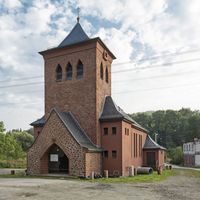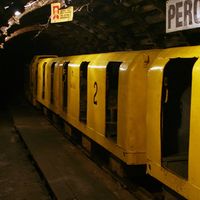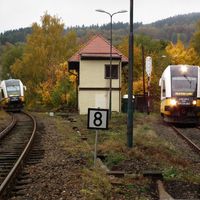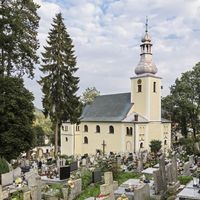Nowa Ruda Depression
6.91
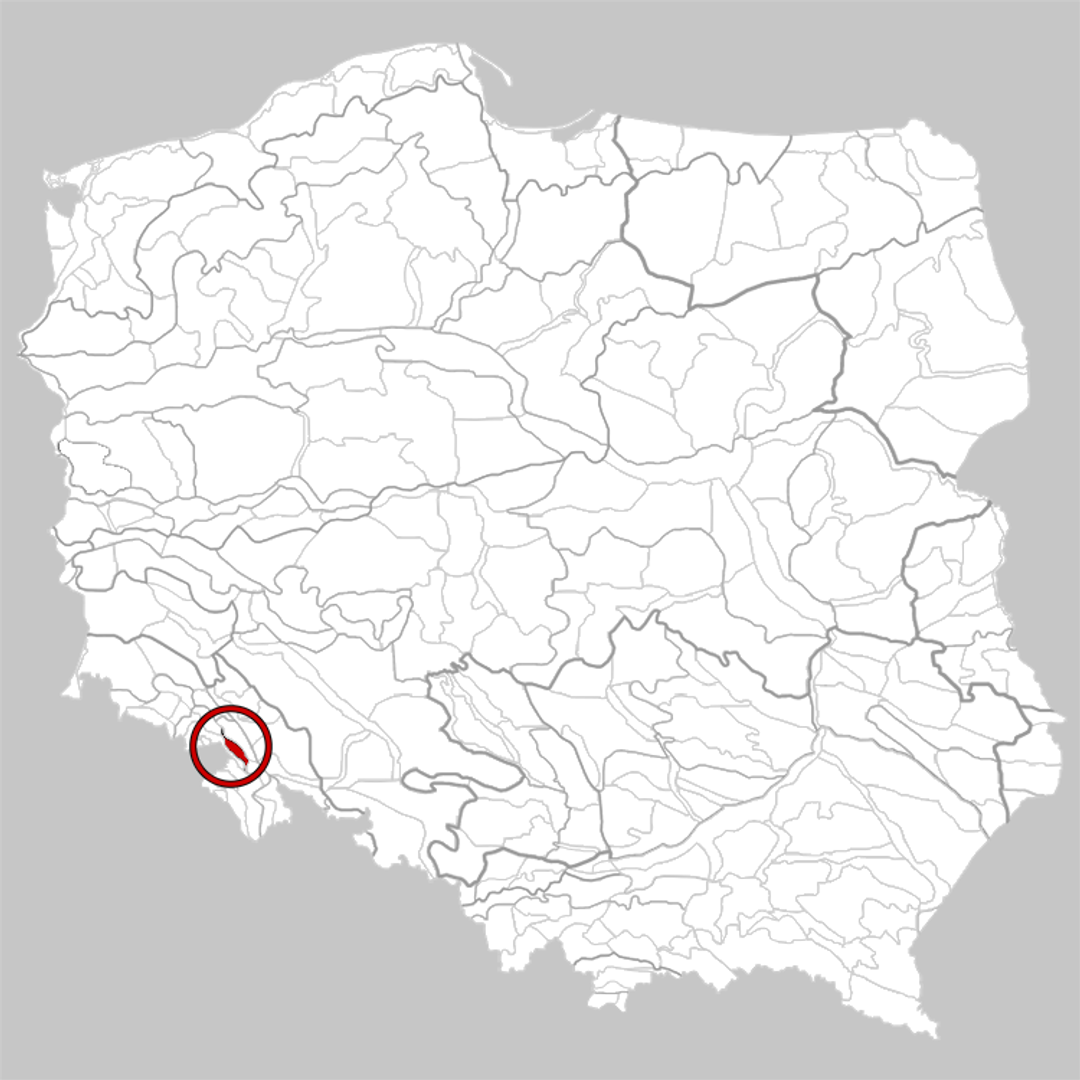
Overview
The Nowa Ruda Basin is a physiographic mesoregion in the Middle Sudetes, located in southwestern Poland, characterized by its distinctive hilly terrain. Its history dates back to the post-World War II period when it was settled by new inhabitants, including military settlers, forced Polish expellees, and individuals returning from economic migration, contributing to the region's cultural diversity. Within this basin lies the town of Nowa Ruda, known for its historic buildings, including churches such as St. Nicholas and St. Barbara, as well as the Baroque Loretto Chapel. Many of these structures reflect the area's rich history and architectural traditions. A notable attraction is the Nowa Ruda Mining Museum, which offers an underground route and a mining train, providing insights into the region's mining heritage. Other highlights include the historic market square with a town hall dating back to 1884 and the Joseph Wittig House Museum. The All Saints Hill serves as a scenic viewpoint, offering breathtaking views of the surrounding landscape. The region features a moderate mountain climate, fostering unique flora and fauna, with the highest rainfall occurring in summer. The area has strong mining traditions linked to coal extraction and the textile industry. Although these industries declined by the end of the 20th century, their remnants are still visible in the landscape, which is rich in meadows and agricultural land. The Nowa Ruda Basin is not only a place of natural value but also boasts a rich history and architecture, making it an intriguing tourist destination. The region also features interesting engineering structures, such as railway viaducts and a tunnel under Świerkowa Kopa. In terms of transportation, the area is well-organized, with access to railway lines and provincial roads, facilitating visits to its numerous tourist attractions.
Location
2025 Wizytor | All Rights Reserved

